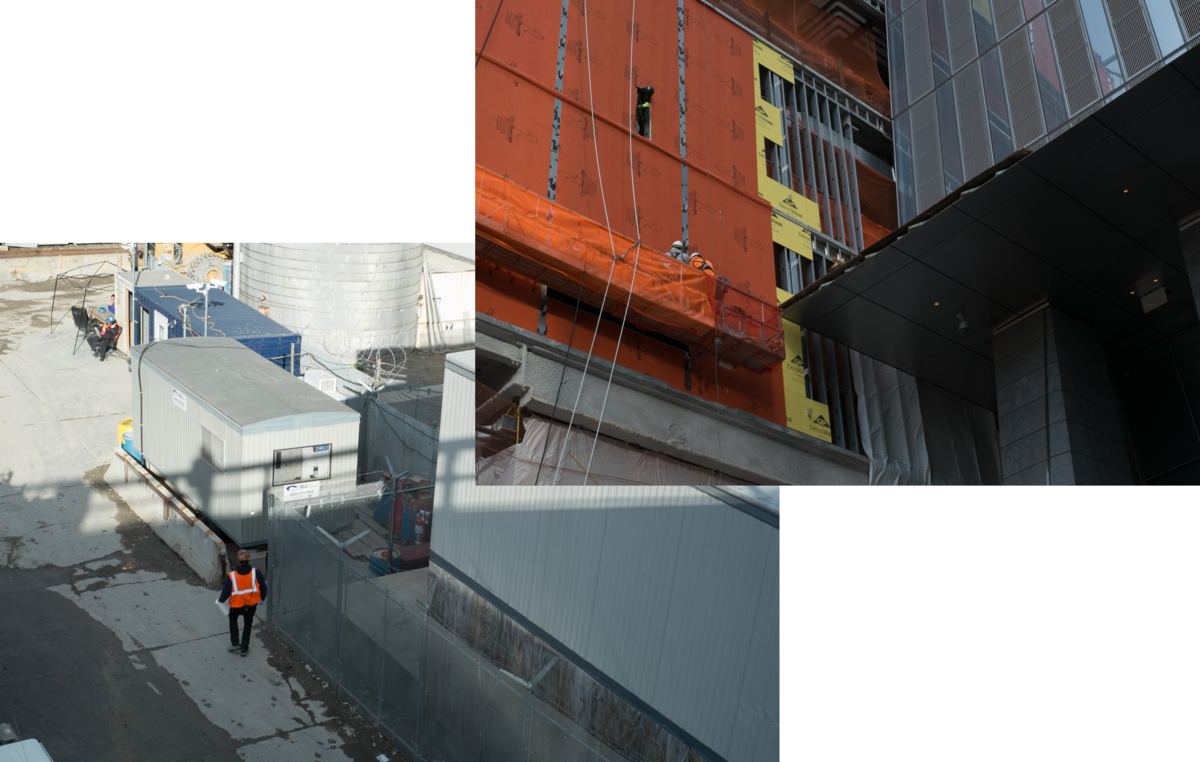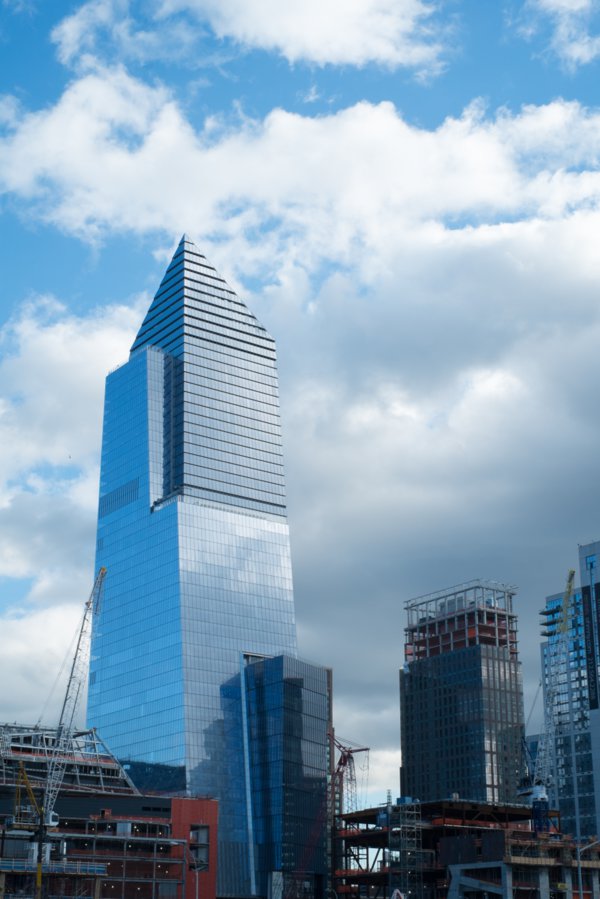Hudson Yards
On the West Side of Manhattan above a sprawling railyard by the Hudson River will stand largest private real estate development in the history of the United States. Hudson Yards—the terminating point for all Long Island Railroad trains after Penn Station—was a 30 track eyesore. LIRR trains baked in the open sun on top of some of the most valuable real estate in the world.
A new future for Hudson Yards
First earmarked for development in 2005, the new Hudson Yards will add 16 skyscrapers to the West Side of Manhattan—over 18 million square feet of commercial and residential space—and will even have its own dedicated zip code. The future home of Time Warner, Coach, L’Oreal and CNN, and HBO, restaurants, a cultural center, public school, and 14 acres of public space, Hudson Yards will have an estimated 65,000 daily visitors. All told, the project will cost over 20 billion dollars and radically transform Manhattan’s West Side. And all of this will happen above an active yard for the busiest commuter railroad in North America.

Keep it under control
Work on the yards began in 2014 and was nearing completion when a major oversight threatened to hold up the entire project: a railroad building housing the control system for the yards needed to be cut in half and moved, but couldn’t be moved without a local control panel for the 30 active LIRR tracks. Installing a new local control system could take months, putting the project way behind schedule and resulting in major liquidated damages. The entire project was in jeopardy and millions of dollars at stake.
Railware to the rescue
That’s when they called in Railware. Dispatch X—Railware’s premier train traffic control software—can be rapidly deployed on any system and at any scale. Within weeks, Railware was able to get local control up and FRA compliant: saving major headaches and putting the project back on schedule. Good software means a crisis averted and a new future for Hudson Yards goes forward.
